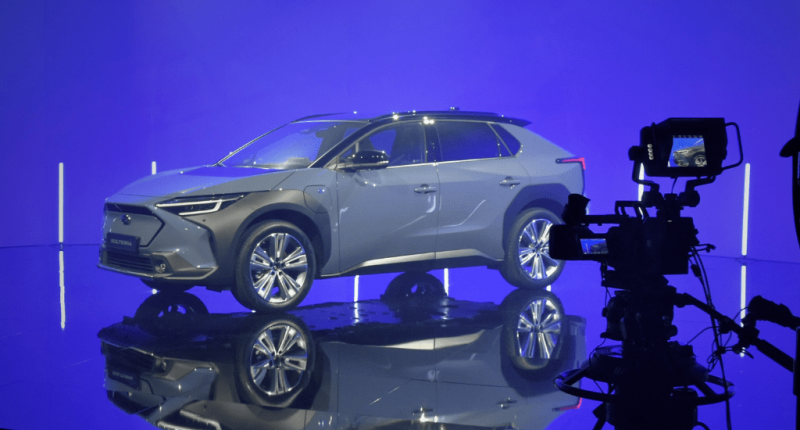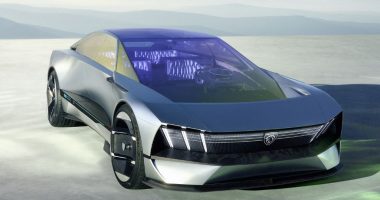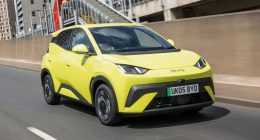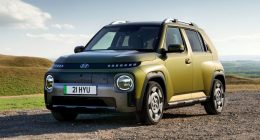Subaru has released a 25-minute walk-around video of its Solterra – the company’s first-ever electric SUV that has been co-developed with Toyota.
In the presentation, David Dello Stritto – the company’s European General Manager of Sales and Marketing – says: “With new potential lockdowns looming, motor shows being cancelled and other challenges around the pandemic, we thought we would give you a virtual, on-screen preview of our new car.
“The fourth SUV we will be adding to our European line-up is a zero-emission SUV. The Solterra is a name coined after two Latin words: ‘Sol’ for sun and ‘Terra’ for earth, which Subaru intends to keep driving on responsibly.
“It is similar in size to the Forester – slightly lower, slightly longer and wider. It also has a longer wheelbase – the wheels have been pushed far apart – to create short front and rear overhangs. Function fuses with design here – but function always comes first,” he added.
Drawing their power from a 71.4kWh battery, the less expensive front-wheel-drive set-up will have 201bhp for a 0-62mph time of 8.4 seconds. Customers needing all-wheel-drive receive a slight power hike (214bhp) meaning the 0-62mph dash is covered off in 7.7 seconds.
Stritto has confirmed that on a quick charger, owners can go from 0-80% charge in thirty minutes, and that the battery should “retain 90% of its capacity for 10 years”.
In terms of range, this is quoted at 248-miles, and while Stritto stressed that this has still to be officially verified under WLTP rules, he said most owners indicated it would be enough to complete their daily commute as their average journey is around 30 miles.
As for practicality, the Solterra is said to have ample room for three people in the back, while the boot weighs in with 400-litres of space with the rear seats in the upright position. Dropping these forward creates a largely flat area that is big enough to load a bike, or long piece of furniture, into.
Stritto said designers who worked on the Solterra wanted to create “an open, relaxing, uncluttered space” on the inside while ensuring the main controls for the driver and front seat passenger are “as intuitive as possible”.









